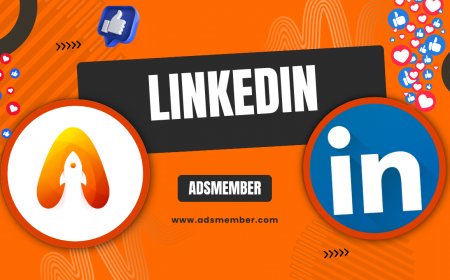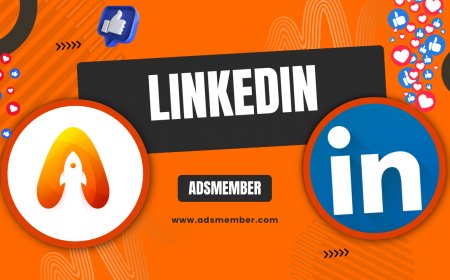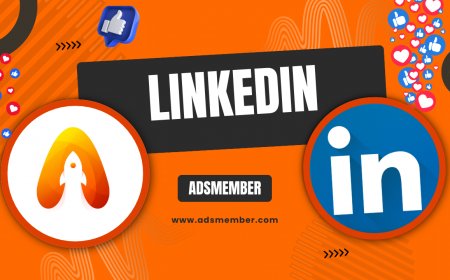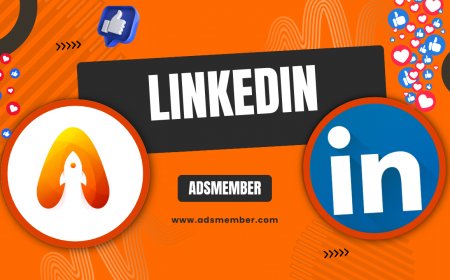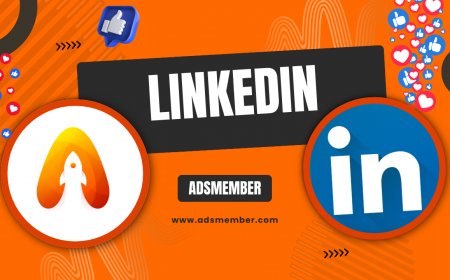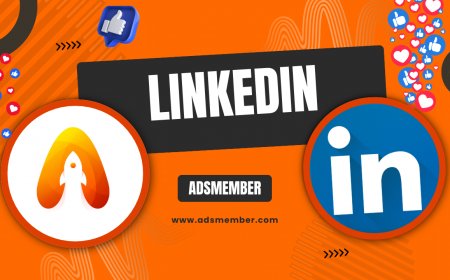What Does 3rd Mean on LinkedIn? Unpacking Connections
Curious about what 3rd means on LinkedIn? Learn about 3rd-degree connections, how they impact your network, and tips to leverage them for career growth.
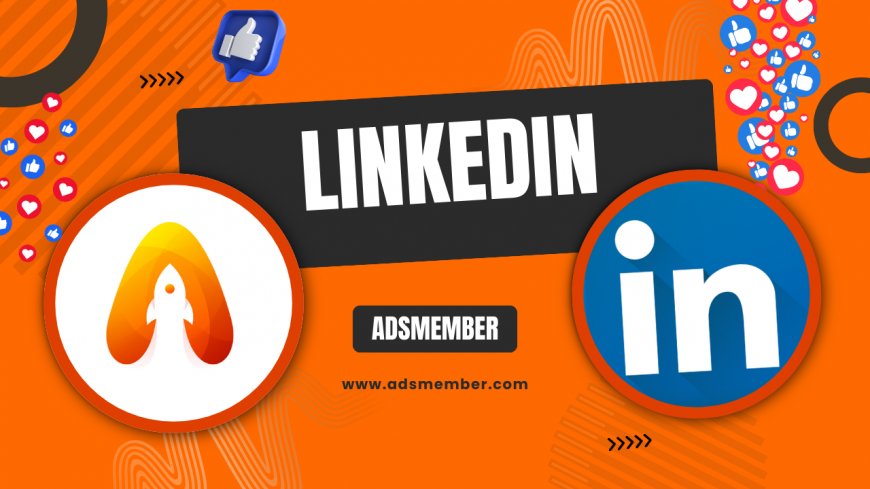
Ever scrolled through LinkedIn and noticed that little '3rd' next to someone’s name? If you’re wondering, 'What does 3rd mean on LinkedIn?', you’re not alone. Honestly, LinkedIn’s connection system can feel like a puzzle at first. That '3rd' stands for third-degree connections—people who are connected to your second-degree connections but not directly to you. They’re a bit further out in your network, yet they can still be goldmines for opportunities. In my opinion, understanding this structure is key to unlocking LinkedIn’s full potential. Let’s break it down and explore how to make the most of these distant but valuable contacts.
Understanding LinkedIn’s Connection Levels
LinkedIn categorizes your network into three main levels: 1st, 2nd, and 3rd-degree connections. Each level represents how closely you’re linked to someone on the platform. Knowing these distinctions helps you navigate outreach and build relationships strategically. I’ve found that many users overlook the power of 3rd-degree connections, focusing only on direct contacts. Let’s dive into what each level means and why '3rd' matters.
What Are 1st, 2nd, and 3rd-Degree Connections?
Your 1st-degree connections are people you’re directly connected with—think colleagues or friends you’ve accepted or sent requests to. 2nd-degree connections are friends of your 1st-degree contacts, people you’re one step away from. Then, there’s the 3rd-degree—folks connected to your 2nd-degree network. Essentially, they’re two steps removed from you. According to LinkedIn’s own data, the average user has access to millions of 3rd-degree connections, expanding your reach significantly (LinkedIn Help). This vast pool can open unexpected doors if tapped wisely.
Why 3rd-Degree Connections Matter
At first glance, 3rd-degree connections might seem too distant to be useful. But honestly, I’ve seen them lead to some incredible opportunities. They expand your visibility, expose you to new industries, and can even connect you with decision-makers. LinkedIn’s algorithm often prioritizes showing content and profiles within your extended network, meaning 3rd-degree folks might see your posts or updates. In my experience, these connections are like hidden treasures—less competition, more potential.
Expanding Your Professional Reach
One major perk of 3rd-degree connections is the sheer scale. A 2022 Statista report noted that LinkedIn has over 900 million users worldwide (Statista). Even a fraction of 3rd-degree ties can link you to diverse professionals globally. I once landed a freelance gig through a 3rd-degree contact who saw my shared article. It’s proof that casting a wider net pays off.
How to Connect with 3rd-Degree Contacts
Reaching out to 3rd-degree connections isn’t as hard as it seems, but it requires tact. LinkedIn limits direct messaging to 1st-degree contacts unless you have Premium or use InMail. Don’t let that discourage you, though. There are clever ways to bridge the gap and turn a '3rd' into a '1st'. Here’s how I’ve done it successfully over the years.
Steps to Build Relationships
- Check Mutual Connections: See who links you to the 3rd-degree person. A warm intro from a mutual contact works wonders.
- Engage with Their Content: Like or comment on their posts to get on their radar organically.
- Personalized Connection Request: If possible, send a tailored note mentioning shared interests or mutual ties.
- Join Groups: Shared LinkedIn Groups often allow messaging regardless of connection level—use this to start a convo.
These steps have helped me convert distant contacts into meaningful connections. It’s all about being genuine and patient.
Comparison of Connection Levels on LinkedIn
To clarify how 3rd-degree connections stack up, here’s a quick comparison of all levels based on LinkedIn’s structure and user access. This table draws from platform guidelines and my own analysis of networking impact.
| Connection Level | Definition | Access to Contact | Networking Potential |
|---|---|---|---|
| 1st Degree | Direct connections | Full messaging & profile access | High (immediate trust) |
| 2nd Degree | Connected to your 1st-degree | Limited (request needed) | Moderate (mutual ties help) |
| 3rd Degree | Connected to your 2nd-degree | Restricted (InMail or intro needed) | High (vast, untapped network) |
This table shows why 3rd-degree connections, despite access barriers, hold immense value for expanding beyond your immediate circle.
Case Study: Turning a 3rd-Degree Connection into a Career Win
Let me share a real-world example from my network. A friend, Sarah, was job hunting in tech marketing last year. She spotted a 3rd-degree connection—a hiring manager at her dream company. Instead of a cold outreach, she commented on his posts about industry trends, showcasing her expertise. After a week, she asked a mutual 2nd-degree contact for an intro. That led to a coffee chat, and eventually, an interview. Sarah landed the role! Her story taught me that 3rd-degree connections aren’t just names on a screen—they’re potential game-changers if approached thoughtfully.
Unique Tip: Use LinkedIn Search Filters for 3rd-Degree Gold
Here’s a trick most people miss: LinkedIn’s advanced search filters let you target 3rd-degree connections by industry, location, or keywords. Go to the search bar, click 'People', and select '3rd+ connections'. Add filters like 'Marketing' or 'New York'. I’ve used this to find niche professionals for collaboration. It’s a hidden gem for bypassing the noise and zoning in on relevant 3rd-degree contacts. Check out more search hacks on our LinkedIn Guides.
What’s the Difference Between 2nd and 3rd-Degree on LinkedIn?
The key difference is proximity. A 2nd-degree connection is directly tied to someone you know (1st-degree), making outreach easier via introductions. A 3rd-degree is further out, linked through your 2nd-degree network, often requiring more effort or tools like InMail. Both are valuable, but 3rd-degree ties offer broader reach with less overlap.
Can I Message a 3rd-Degree Connection Directly?
Generally, no—LinkedIn restricts direct messaging to 1st-degree connections. However, with a Premium account, you can use InMail to reach out. Alternatively, engage via comments, join shared groups, or request an introduction through mutual contacts. I’ve found group interactions to be a low-pressure way to start conversations.
How Do I See My 3rd-Degree Connections?
LinkedIn doesn’t list all 3rd-degree connections in one place, but you can spot them in search results or on profiles (look for the '3rd' label). Use the 'People' search filter to narrow down by connection level. It’s a bit manual, but worth it for targeted networking. I often do this to explore new industries.
Are 3rd-Degree Connections Visible in My Network?
Yes, but with limits. You’ll see '3rd' next to their name in searches or mutual connection lists, though full profile details might be hidden based on their privacy settings. Engaging with their public content or getting an intro can unlock more visibility. In my experience, persistence pays off here.
“Third-degree connections are often overlooked, but they’re a gateway to untapped opportunities in your industry.” – LinkedIn Networking Expert
What's Your Reaction?
 Like
0
Like
0
 Dislike
0
Dislike
0
 Love
0
Love
0
 Funny
0
Funny
0
 Angry
0
Angry
0
 Sad
0
Sad
0
 Wow
0
Wow
0




































